
Sometimes people push back when you start talking about songwriting as a "craft", as opposed to referring to it as some type of a divine creative consciousness only certain people have.
There can be an automatic repulsion from some when you mention writing formulas, techniques, tools...Saying that there are formulas and techniques smacks of conformity to some people, and they will often mention the similarities found in something such as country music. They would get no argument from me if their goal was to write purely for their own gratification in hopes they have a breakout song that is unique in everyway!
But what ABOUT conformity? What about these formulas? Why do they exist if they are so abhorrent to the creative process? Simple: follow the crowd. These formulas are actually another name for style. Pandora's Music Genome Project exists to help define and recognize traits that are unique in all the genres and sub-genres of music. Any particular song or production can have as many as 200-400 traits that define it's appeal.
Because at the end of the day, songwriting is the very same process you followed when you learned your instrument. Your first note wasn't very pretty, but as you practiced over and over, repeating the same excersises, followed mentors and took lessons...and listened to your favorite performers hour after hour, you became good, then great. Write everyday! If you're stuck, pull out the "tools" and finish the song. Become good and then great!
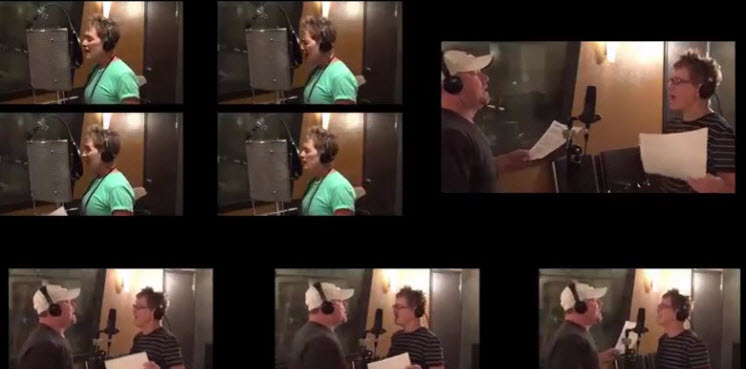 Admagination's "10 Minute Choir" actually takes about 30 minutes...truth be told! Many times we've needed to add the big choir sound to jingles, live production tracks and original songs. Needless to say, we don't have the budget or the room AND we need it yesterday! This technique uses only 1 female and 1 male vocalist!
Admagination's "10 Minute Choir" actually takes about 30 minutes...truth be told! Many times we've needed to add the big choir sound to jingles, live production tracks and original songs. Needless to say, we don't have the budget or the room AND we need it yesterday! This technique uses only 1 female and 1 male vocalist!

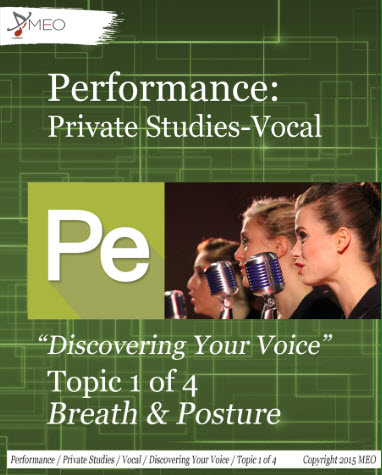
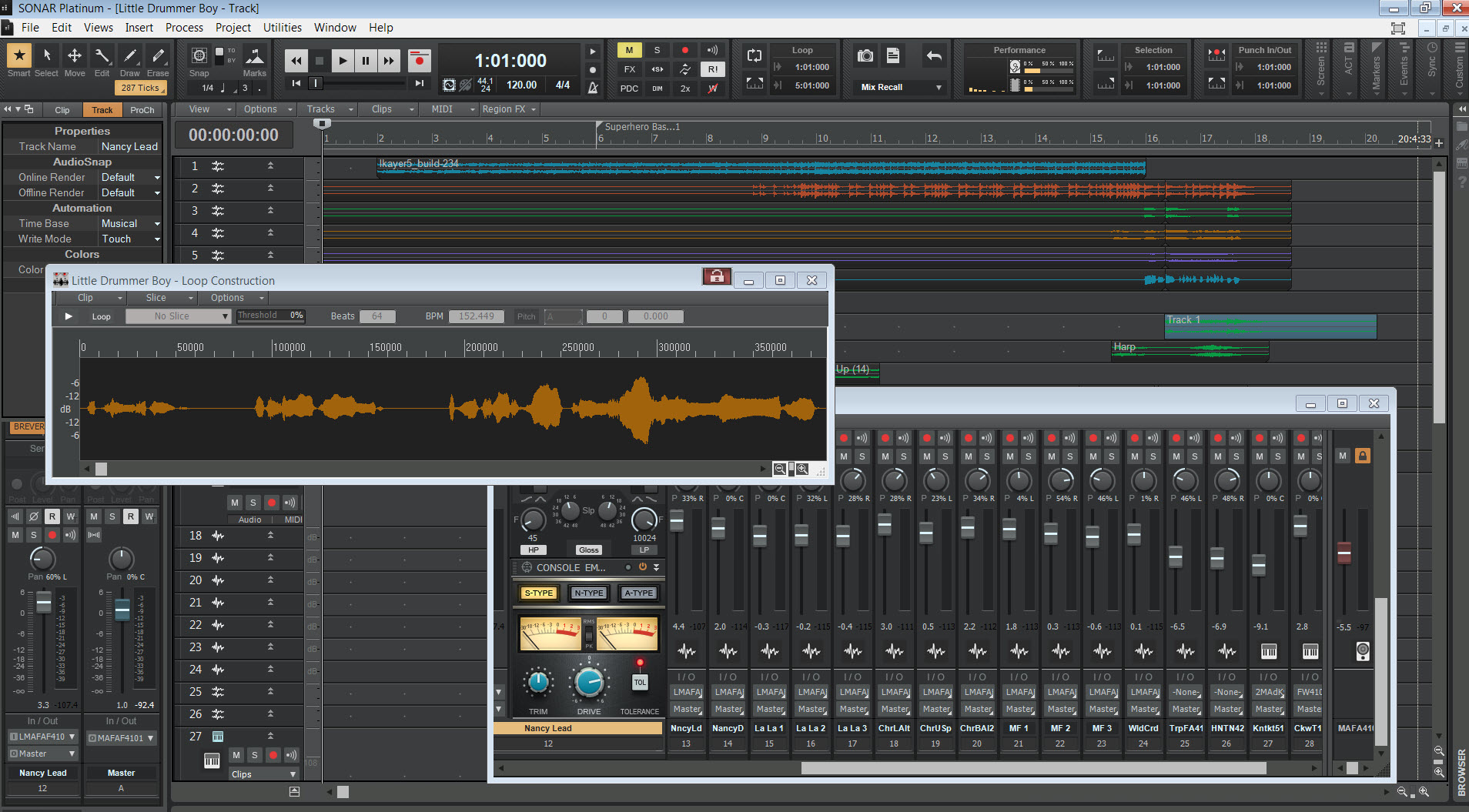 Ever notice how every Christmas album pretty much has the same songs? Of course! Christmas only has so many carols and songs which leaves it to an artist to figure out how to produce a song differently...and here's what we did to the classic "Little Drummer Boy".
Ever notice how every Christmas album pretty much has the same songs? Of course! Christmas only has so many carols and songs which leaves it to an artist to figure out how to produce a song differently...and here's what we did to the classic "Little Drummer Boy". 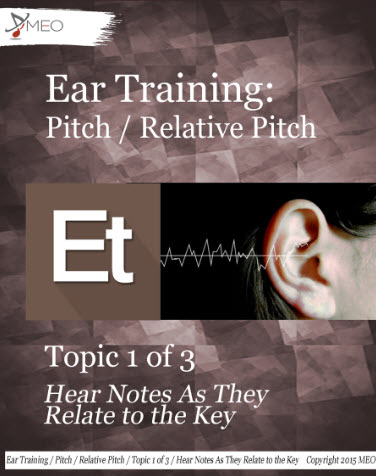

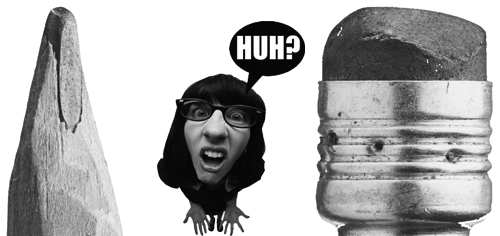 "The most creative end of the pencil is the erasure" as the saying goes.
"The most creative end of the pencil is the erasure" as the saying goes.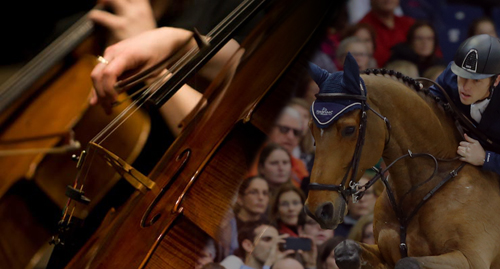 October 28th, 2016 was the perfect night to hold this capital fundraising event to benefit the Ford Idaho Horse Park Foundation. The event was set and held in the massive Horse Park facility, a world class equestrian property that is home to many local, regional and national competitions including the NFR and the PBA
October 28th, 2016 was the perfect night to hold this capital fundraising event to benefit the Ford Idaho Horse Park Foundation. The event was set and held in the massive Horse Park facility, a world class equestrian property that is home to many local, regional and national competitions including the NFR and the PBA